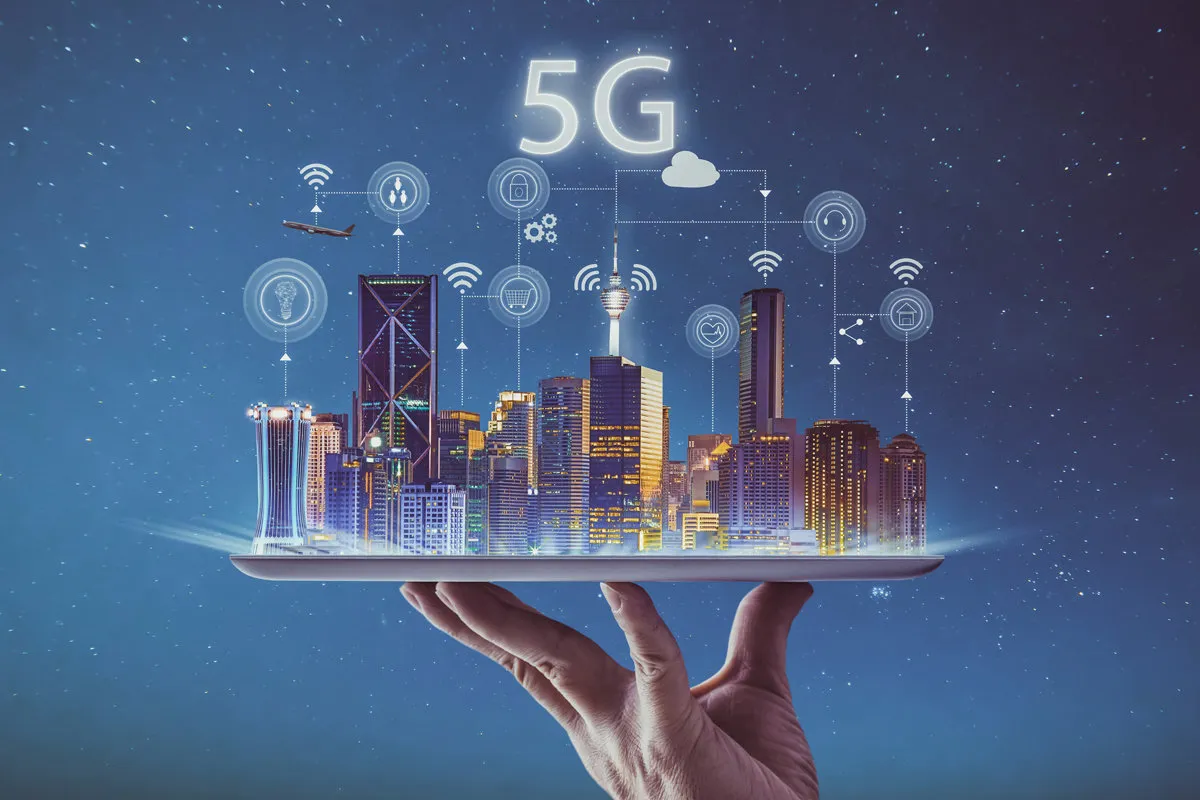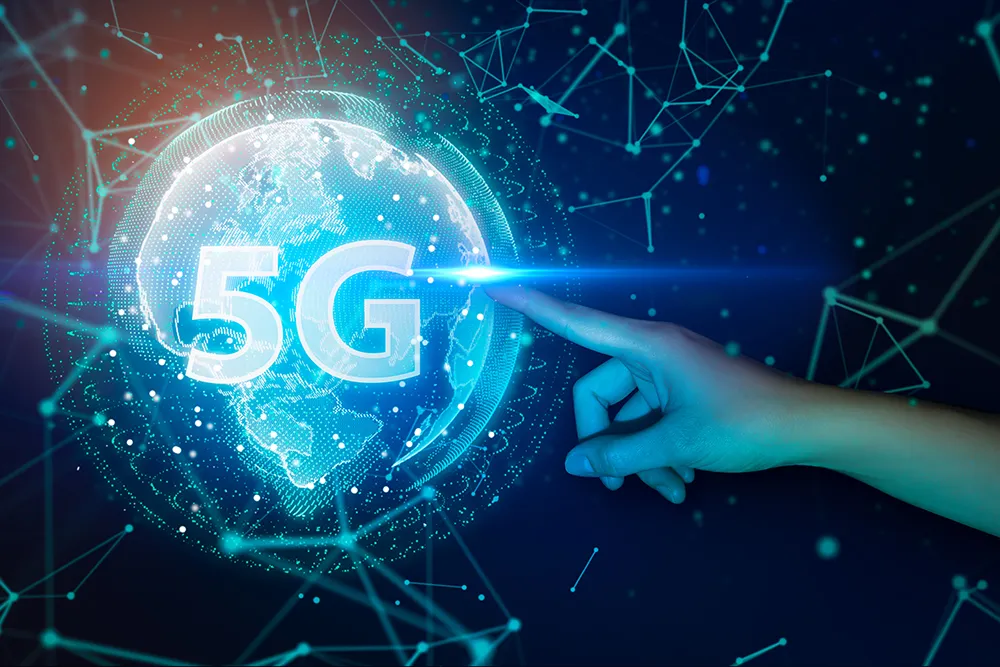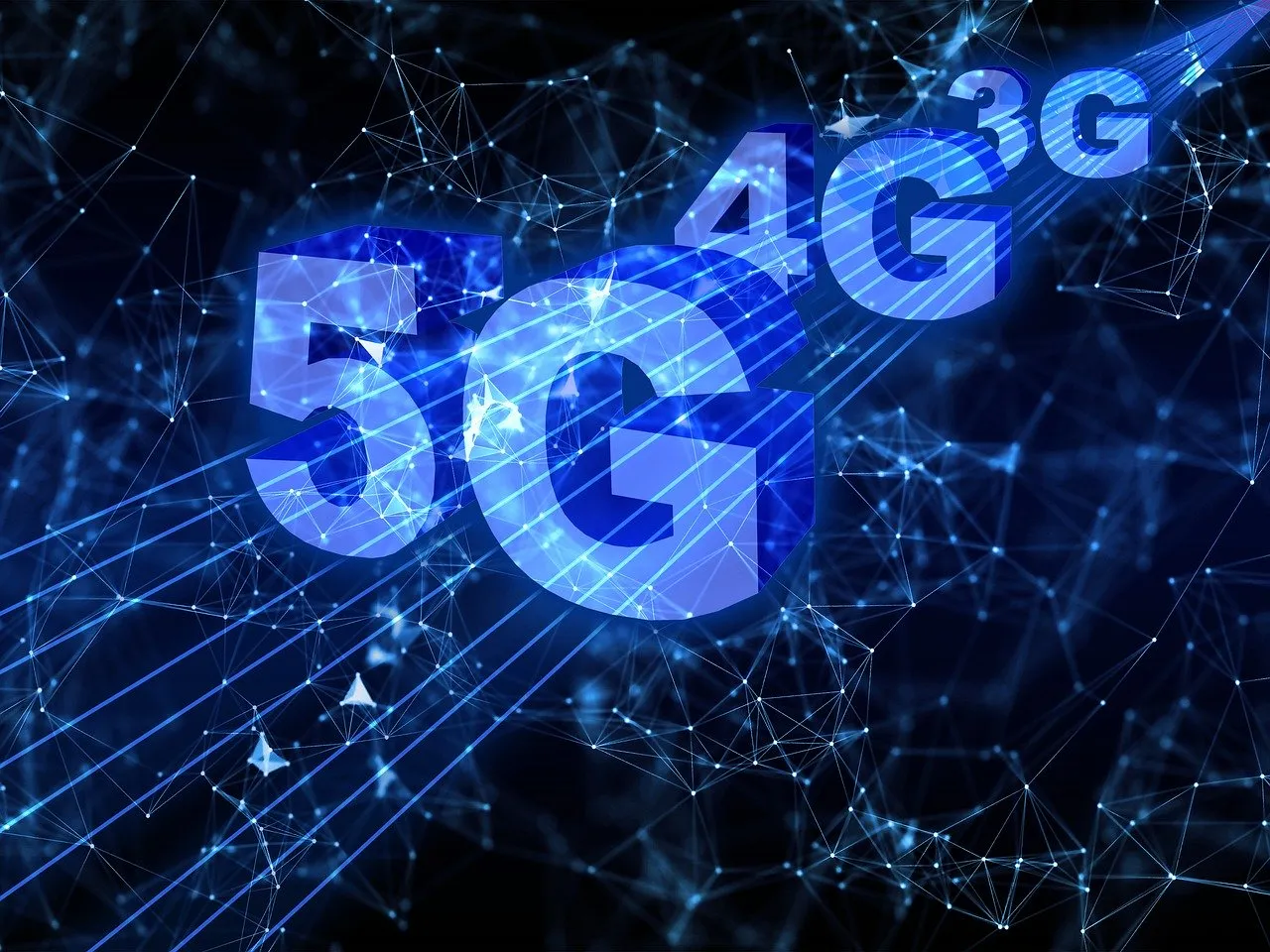5G is a fifth generation wireless communication technology supporting a cellular network. 5G communication requires communication devices (mainly mobile phones) designed to support the technology.

The 5G frequency spectrum is divided into millimeter waves, medium frequency waves and low frequency waves. The low frequencies have a similar frequency range as their 4G predecessor. The frequencies of 5G networks are above 24 GHz, reaching 72 GHz, which is above the lower limit of the range of internationally defined extremely high frequencies of radio waves. The range is small, so more cells are needed. Millimeter waves are difficult to pass through many walls and windows, so indoor coverage is limited.
5G medium frequency waves are most used by over 30 networks. The speeds of 100 MHz wide bandwidth are usually 100 - 400 Mbit / s. In laboratories and sometimes outside, speeds can exceed gigabits per second. The frequencies used are from 2.4 GHz to 4.2 GHz. Sprint and China Mobile use 2.5 GHz, while others mostly use 3.3 and 4.2 GHz. Many areas can be covered by simply renovating existing towers, making it cheaper. Medium frequency networks have better coverage, which brings the price close to 4G. 5G low frequencies offer similar capacity as advanced 4G.


A: The previous generations of mobile networks are 1G, 2G, 3G, and 4G.
First generation - 1G
1980s: 1G delivered analog voice.
Second generation - 2G
Early 1990s: 2G introduced digital voice (e.g. CDMA- Code Division Multiple Access).
Third generation - 3G
Early 2000s: 3G brought mobile data (e.g. CDMA2000).
Fourth generation - 4G LTE
2010s: 4G LTE ushered in the era of mobile broadband.
1G, 2G, 3G, and 4G all led to 5G, which is designed to provide more connectivity than was ever available before.
5G is a unified, more capable air interface. It has been designed with an extended capacity to enable next-generation user experiences, empower new deployment models and deliver new services.
With high speeds, superior reliability and negligible latency, 5G will expand the mobile ecosystem into new realms. 5G will impact every industry, making safer transportation, remote healthcare, precision agriculture, digitized logistics — and more — a reality.